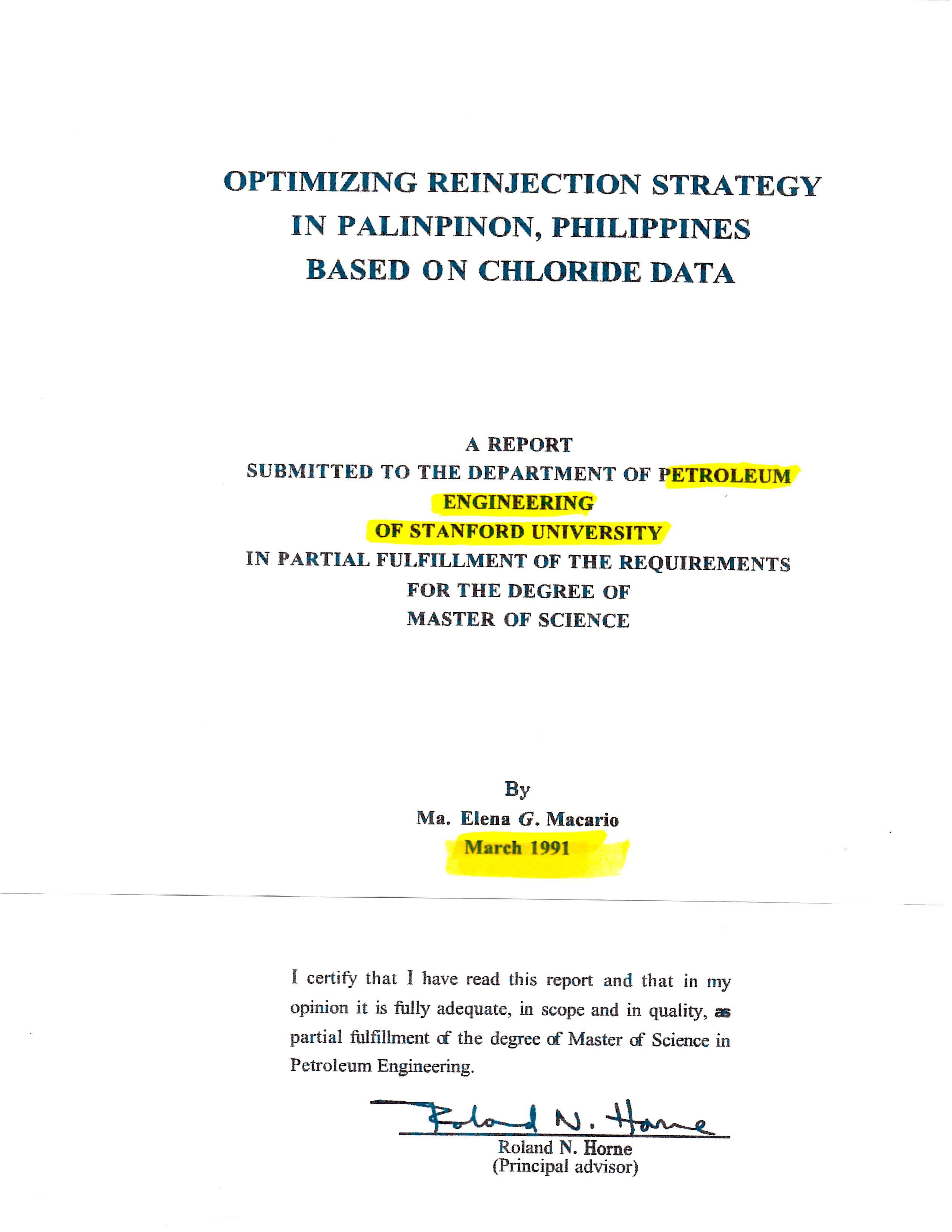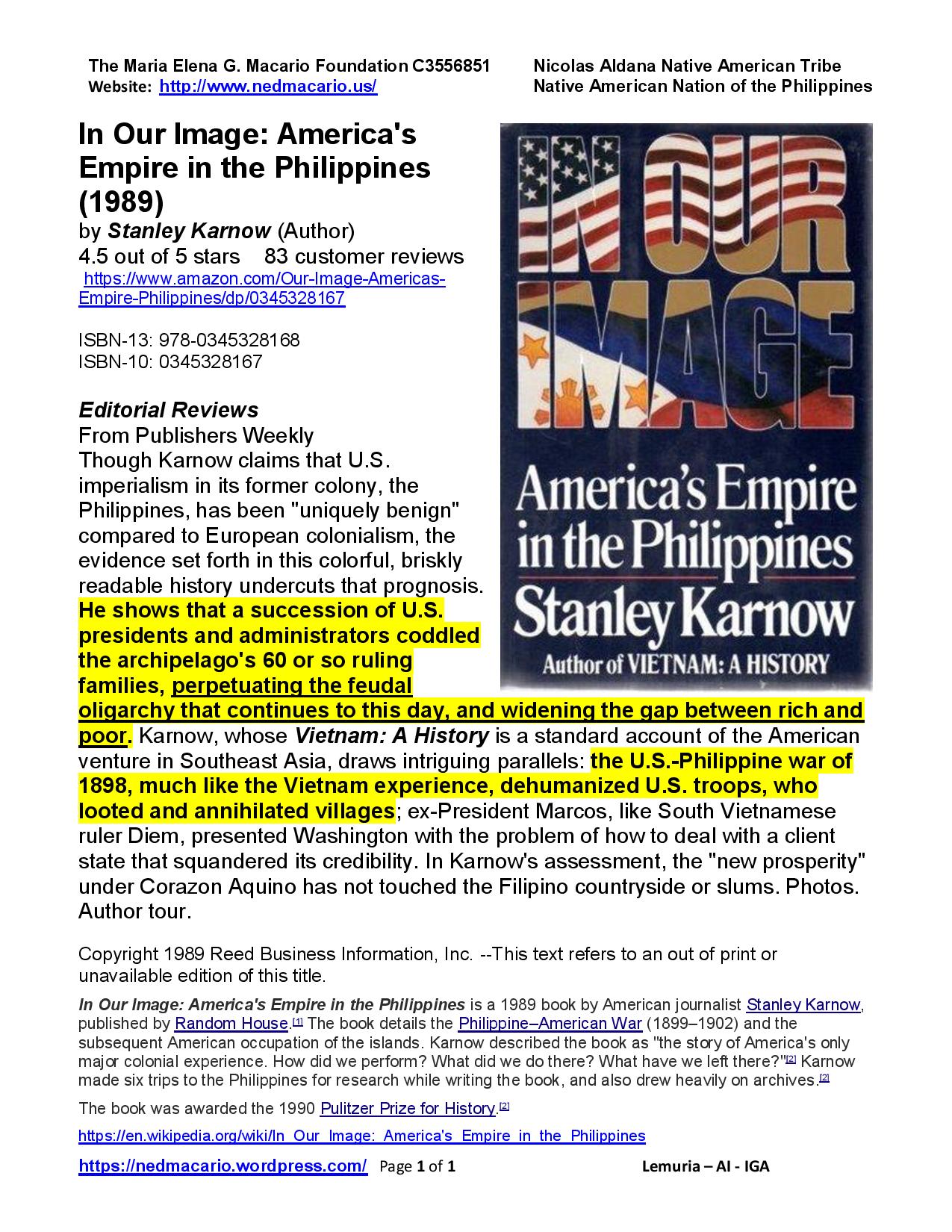Excerpts from Celestino’s speech: “Many have passed away waiting for 75 years for this time to come. I am Celestino Almeda, a 100-year-old Filipino WWII veteran, I have waited along with my fellow Filipino and American soldiers for this moment to come.
After the war, thousands of us fell underappreciated and unrecognized for fighting for our country. Thank you all and God Bless America.”
Filipino WWII Vets Awarded Congressional Medal (3:18)
https://www.youtube.com/watch?v=AAcZbl640jc
======
Celestino Almeda, a 100-year-old Filipino WWII veteran delivered an epic speech on Oct. 25, 2017. He’s saying what happens if you don’t lobby.
In the USA you don’t get what you deserve. You get what you negotiate for. (Read: Lobby! Lobby! Lobby! This is the reality of American Democracy.)
This award ceremony delayed by 75 years got me wondering why the delay, and although the Congressional Gold Medal is highest honor the US Congress can bestow to a civilian, why not a military honor?
Then I remember a WAIS comment saying that Filipino WWII veterans’ military benefits were rescinded in 1946 (Rescission Act signed by Pres. Truman on February 18, 1946).
See:
https://www.gpo.gov/fdsys/pkg/USCODE-2011-title38/html/USCODE-2011-title38-partI-chap1-sec107.htm
Instead of giving the Congressional Gold Medal, it would have been better if the Rescission Act of 1946 that denied military benefits to Filipino WWII veterans was revoked and the US nationality of Filipinos restored.
There was no such thing as a Filipino citizen before 1946. Filipinos were US nationals, not US citizens, just like the people of Guam and Puerto Rico.
If you look at a passport, the holder is identified by his/her nationality, not by his/her citizenship. It is an obscure but significant difference.
Of the 66 nations that fought for the US and Allied cause, only the Filipino veterans were denied military benefits and it was rescinded retroactively.
Whether as Native Americans or war veterans, those from the Philippines, the only US territory ever granted independence, are the most marginalized.
There was no referendum asking the Natives of the Philippines if we wanted to secede from the union with the US. After WWII, we were handed over the quislings & traitors who helped the Japanese Imperial Army during the occupation.
It was not according to our own free will that we were prematurely granted independence. We were forced to secede. Yet the Pledge of Allegiance to the flag says: “One nation under God, INDIVISIBLE with liberty and justice for all.” (Except for Native Americans of the Philippines?)
Yet, I don’t know of Filipinos using the national anthem to air out their grievances.
From: Thanksgiving Greetings; a Belated Honor for Filipino WWII Veterans (Bienvenido Macario, USA, 11/23/17 3:53 am)
http://waisworld.org/go.jsp?id=02a&objectType=post&o=117511&objectTypeId=86764&topicId=188
=================
Maria Elena G. Macario (1953-2010) Seventh Year Death Anniversary – Dec. 10, 2017
“Compared to Phyllis Gardner’s experience, my late wife’s ordeal was much worse. Despite her MS in Petroleum Engineering from Stanford; her accomplishments in the geothermal industry, Maria Elena G. Macario died penniless on Dec. 10, 2010, while the children and grandchildren of quisling-oligarchs are listed on Forbes Magazine among the 40 richest in the Philippines.
Yet these oligarchs never invented, developed or discovered anything even remotely associated to their unexplained wealth. How could this build-up of unexplained wealth by those whose parents and grandparents worked for the Japanese in WWII go on for over 72 years without Washington DC’s knowledge and tacit approval?”
============
On Oct. 25, 2017, after 75 years, the US Congress finally recognized Filipino WWWII service and sacrifice and awarded them with the Congressional Gold Medal the highest honor, Congress could bestow upon a civilian. But were Filipino WWII veterans given a civilian and not a military medal? That’s for another discussion and post.
Dec. 10, 2017 is Elena’s 7th year death anniversary and to remember her I’m writing to John Eipper a comment on “Gender Issues – Gender Inequality” the topic of Phyllis Gardner’s post last Nov. 28, 2017.
See: Gender Inequality in…OB/Gyn (Phyllis Gardner, USA, 11/28/17 4:10 am)
http://waisworld.org/go.jsp?id=02a&objectType=post&o=117581&objectTypeId=86805&topicId=114
Last September, I was going through my files and found three items:
One was a fax letter dated Mar. 4, 2004 Elena sent to a financing company explaining how after finishing her MS in Petroleum Engineering at Stanford, we both worked for the same geothermal firm, Magma Power, lost our jobs and later we had to file for bankruptcy.
A letter from CalEnergy to the Philippine Dept. of Foreign Affairs dated April 13, 1995, sent by Dennis Kapereit, Manager of Reservoir Engineering, requesting assistance to facilitate the replacement of Maria Elena Macario’s Philippine passport that was lost in a fire. (I attached Elena’s photo during the Magma Power days.
The other was a photo of Elena in the 1993 Energy Exposition in Manila, manning the booth of Magma Power Company, the geothermal firm we help secure a BOT contract (build-operate-transfer) with EDC-PNOC (Energy Development Corp.) geothermal division of PNOC, Phil. National Oil Company. PNOC was my late wife’s employer when she was in the Philippines.
It was the first contract Magma Power ever landed overseas. It was also PNOC first time to deal with a foreign corporation. And it was also the first time the World Bank ever financed a geothermal power plant project in the Philippines.
Securing the BOT contract in the Philippines was so good for Magma Power that it became a takeover target and by March 1995, CalEnergy headed by David Sokol took over Magma Power. CalEnergy later became MidAmerican Energy Holdings Company a subsidiary of Warren Buffet’s Berkshire Hathaway Inc.
It was the first time PNOC-EDC ever dealt with a foreign corporation.
It was Magma Power Corporation’s first successful venture outside the U.S.
It was the World Bank’s first time to fund and be involved in a geothermal power plant and transmission project.
Maria Elena took care of the technical aspect of the project while I provided marketing recommendations, financial and cost calculations to ensure the success of the project.
Please bear in mind 1992, was the dawn of globalization. American companies were not familiar with international business even U.S. laws governing the conduct of overseas business. There there was the currency crises of the 1990’s. I saw to it these projects will be immune from the coming 1997 Asian currency crisis. In 1992 the Phil. peso – US$ exchange rate was P25:$1.
Much later after the July 1997 Asian Currency Crisis, the Phil. peso depreciated by 100% and the rate was P50:$1. Build-Operate-Turn-Over (BOT) Projects take at least ten years from the start construction to the eventual turn over. Without investment safeguards built-in these contracts, Magma or CalEnergy’s investments would have been reduced in half after the currency crisis.
Elena and I pioneered in global business specifically the energy, construction and finance industries.
As a “reward” for our efforts working since Aug. 1992 to secure those contracts in the Philippines, in April 1995, I was laid off and Elena was transferred to Ridgecrest, CA.
While we were in Ridgecrest, Elena received a job offer to return to and work in the Philippines. The offer came from First Gas Power Corporation, a company owned by the oligarch family, the Lopezes, who despite their Spanish sounding name, are in fact ethnic Chinese.
As for me, ever since I came here in 1987, there has always been this very strong discouragement for me to stay here. Powerful people in the Philippines have always more than hinted that I should return and remain in the Philippines.
Having my college transcript of records sent from Lyceum where I earned my BSBA, directly to a school where I’m applying for graduate studies is a problem to this day.
It was out of this frustration that I first wrote on WAIS that “Except for the Philippines, in which known quislings & collaborators “declared” independence 1946”
See: re: Turkey & the EU; Mexico & the US (Bienvenido Macario, Philippines)
February 09, 2007
http://waisworld.org/go.jsp?id=02a&objectType=post&o=13691&objectTypeId=7941&topicId=1 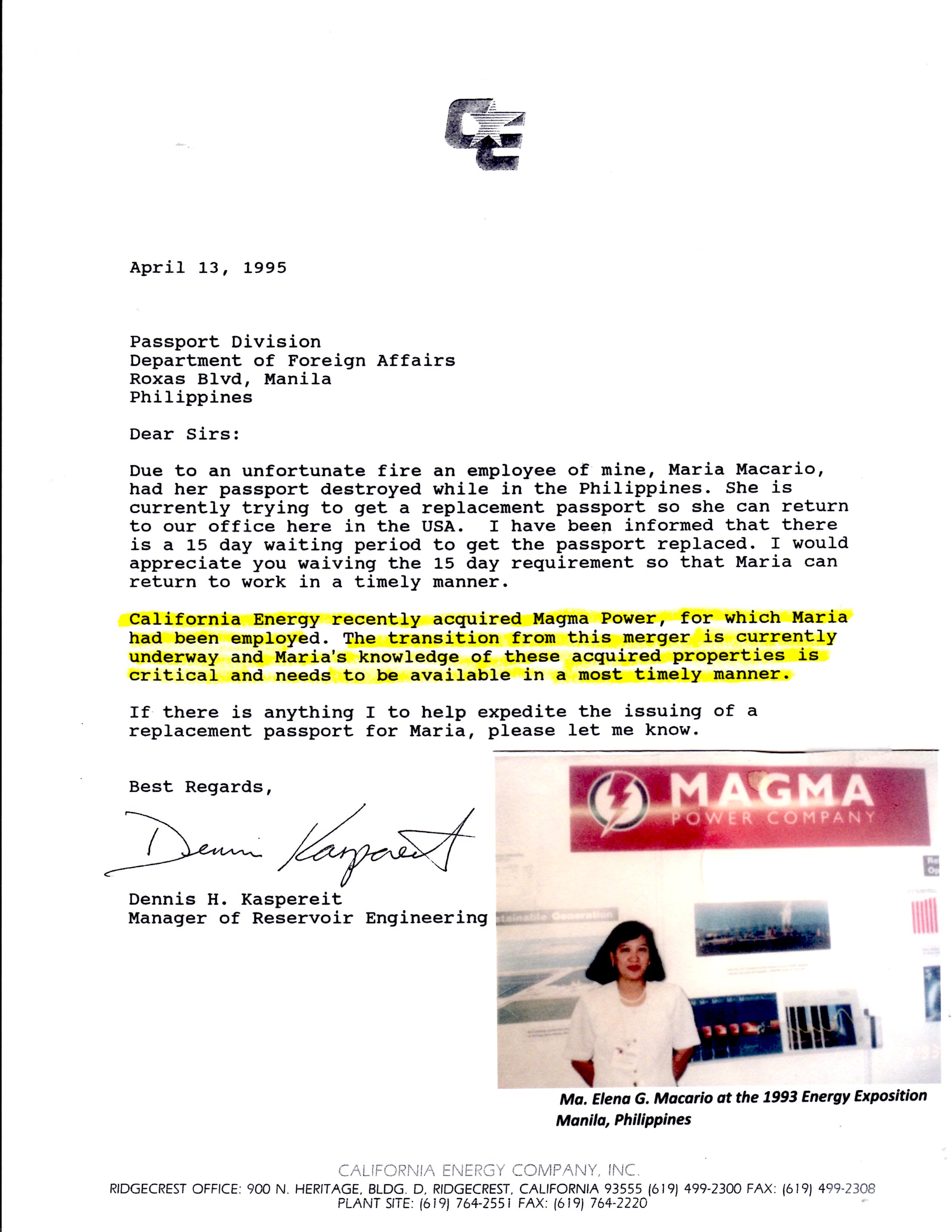
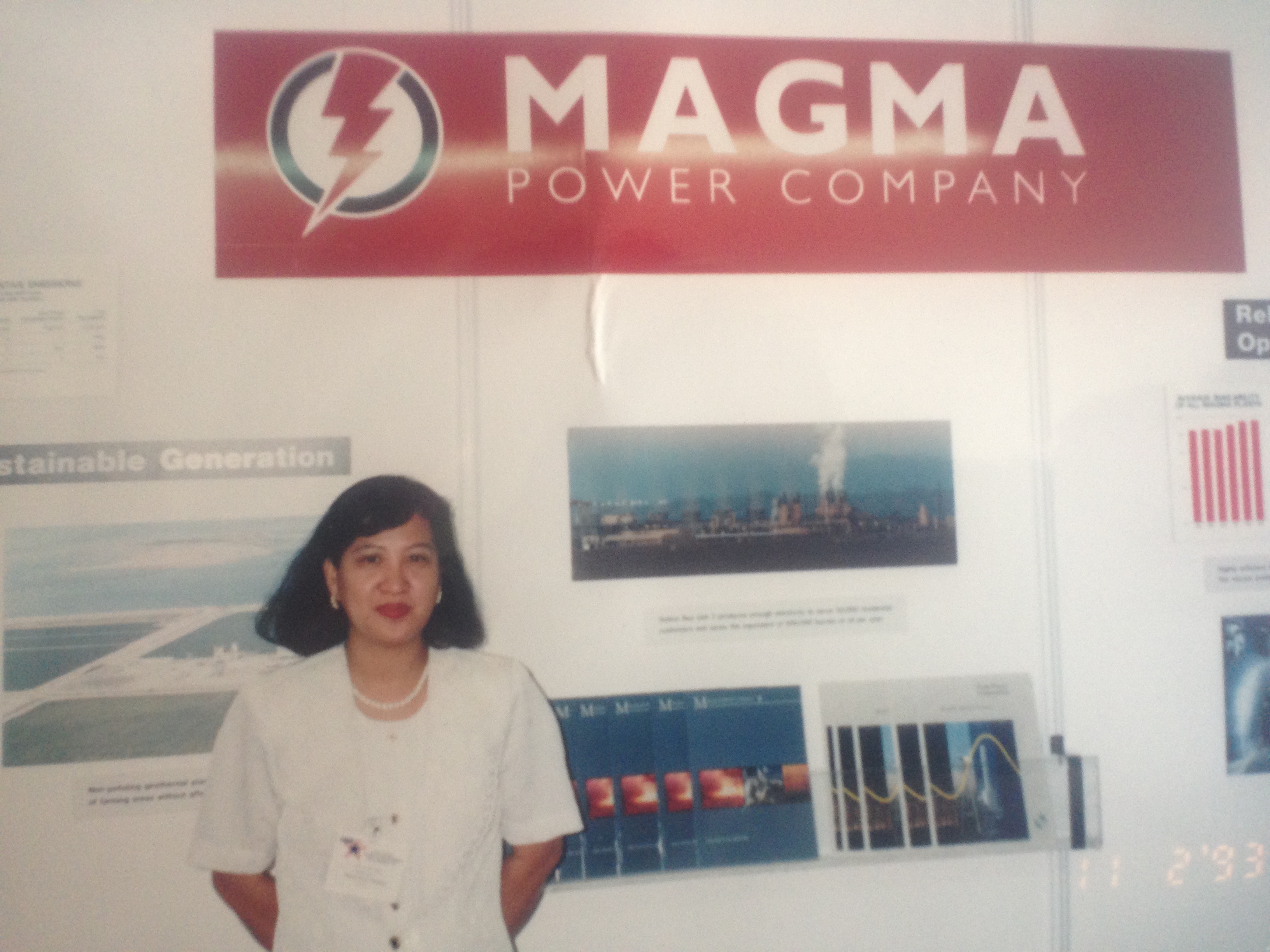
My alma mater, Lyceum of the Philippines, was founded by quisling Jose P. Laurel, the puppet president appointed by the Japanese occupation army in WWII. His grandchildren are still in control of their family business established during the Japanese occupation. 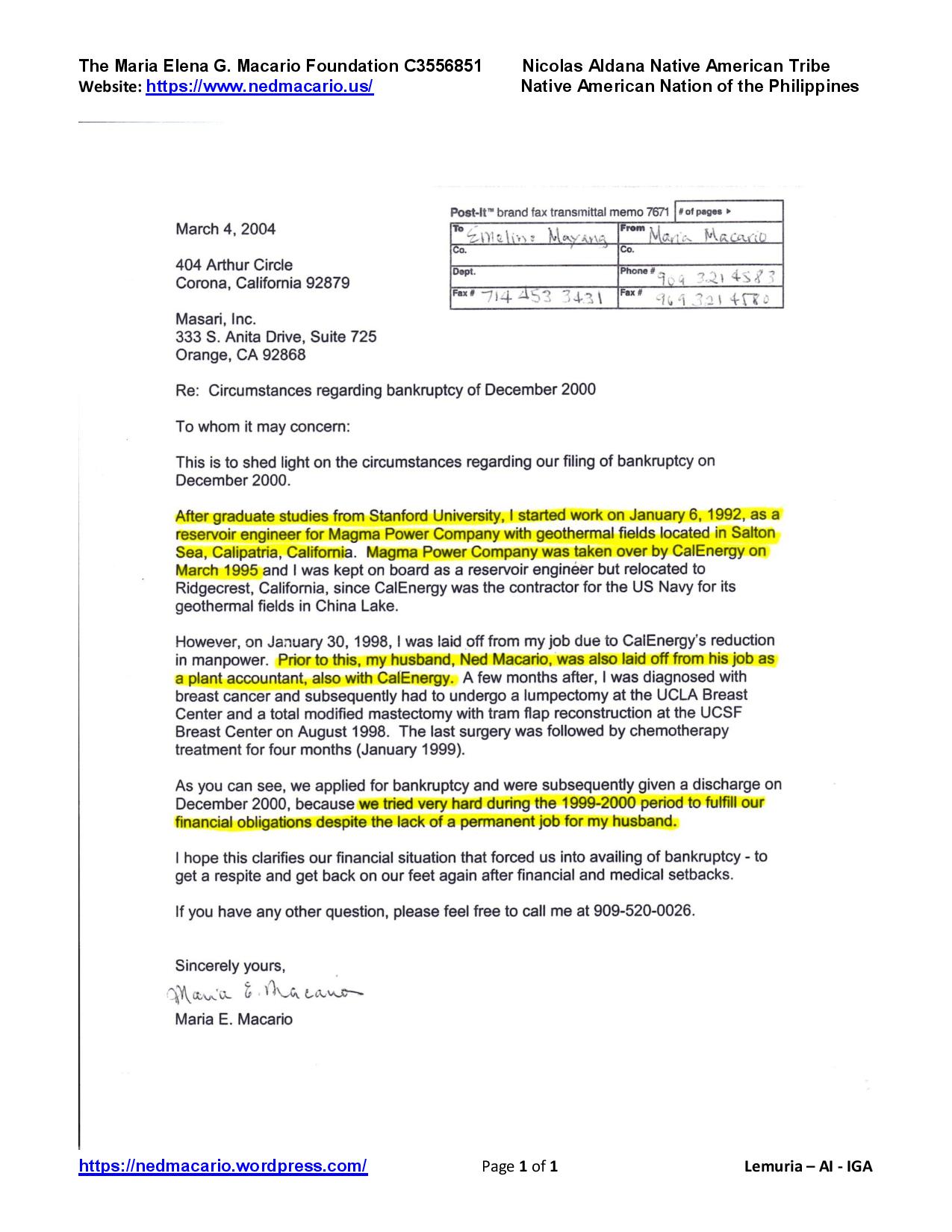
Below is the Cover Page and second page of Maria Elena’s Paper as required to earn her Masters in Petroleum Engineering at Stanford University
I’ll call this post: Gender & Race Issues -> Gender & Race Inequality.
We already know that Filipino WWII veterans were denied military benefits retroactively to accommodate MacArthur’s fair-haired boy Manuel A. Roxas who was a Brig. General in the U.S. Army and was even wearing his uniform while collaborating with the Japanese as the closest adviser and colleague of quisling JP Laurel.
A review of Stanley Karnow’s book In Our Image – America’s Empire in the Philippines” (1989) by Publishers Weekly summed up and confirmed what I’ve been saying:
Whether as Native Americans or war veterans, those from the Philippines, the only US territory ever granted independence, are the most marginalized.
There was no referendum asking the Natives of the Philippines if we wanted to secede from the union with the US. After WW2 we were handed over the quislings & traitors who helped the Japanese Imperial Army during the brutal occupation of the Philippines.
Yet, I don’t know of Filipinos using the national anthem to air out their grievances.
“He (Karnow) shows that a succession of U.S. presidents and administrators coddled the archipelago’s 60 or so ruling families, perpetuating the feudal oligarchy that continues to this day, and widening the gap between rich and poor.”
- Publishers Weekly’s review of Stanley Karnow’s book; “In Our Image: America’s Empire in the Philippines” (1989) Publisher: Random Househttps://www.amazon.com/In-Our-Image-Americas-Philippines/dp/0345328167
And as usual, American journalists could never blame the U.S. Congress that passes the bills which the president, as chief executive, merely executes.
Karnow’s book that won the Pulitzer Prize for History in 1990, is an excellent reference book on Philippine History and should be a required reading in the U.S. and the Philippines, especially past, present and future officials and employees of the State Department, US military, US AID, and the Peace Corps who are in anyway involved or will be involved directly or indirectly to the Philippines.
After reading this book, one would realize that the US government is guilty of aiding and abetting treason, corruption, oppression and tyranny in the Philippines to this day.
===============
Publishers Weekly’s review of Stanley Karnow’s book; “In Our Image: America’s Empire in the Philippines” (1989) Publisher: Random House
https://www.amazon.com/In-Our-Image-Americas-
About the Author
Stanley Karnow won the Pulitzer Prize for this account of America’s imperial experience in the Philippines. In a swiftly paced, brilliantly vivid narrative, Karnow focuses on the relationship that has existed between the two nations since the United States acquired the country from Spain in 1898, examining how we have sought to remake the Philippines “in our image,” an experiment marked from the outset by blundering, ignorance, and mutual misunderstanding.
Editorial Reviews
From Publishers Weekly
Though Karnow claims that U.S. imperialism in its former colony, the Philippines, has been “uniquely benign” compared to European colonialism, the evidence set forth in this colorful, briskly readable history undercuts that prognosis. He shows that a succession of U.S. presidents and administrators coddled the archipelago’s 60 or so ruling families, perpetuating the feudal oligarchy that continues to this day, and widening the gap between rich and poor.
Karnow, whose Vietnam: A History is a standard account of the American venture in Southeast Asia, draws intriguing parallels: the U.S.-Philippine war of 1898, much like the Vietnam experience, dehumanized U.S. troops, who looted and annihilated villages; ex-President Marcos, like South Vietnamese ruler Diem, presented Washington with the problem of how to deal with a client state that squandered its credibility. In Karnow’s assessment, the “new prosperity” under Corazon Aquino has not touched the Filipino countryside or slums. Photos. Author tour.
Copyright 1989 Reed Business Information, Inc. –This text refers to an out of print or unavailable edition of this title.
Book: In Our Image: America’s Empire in the Philippines
Publisher: Random House (1989)
https://www.amazon.com/In-Our-Image-Americas-Philippines/dp/0345328167

